The Tone Curve panel is for adjusting RGB and color curves. There are a couple of interesting uses for curves relating specifically to black and white photography that I’d like to explore a little deeper here.
The first is using the RGB curve to reduce shadow contrast. The darkest point in the image becomes mid or dark grey, rather than black. This technique is often used to create a vintage look or imitate the look of film.
The second use is for toning. You can tone with the Split Toning panel and most of the time you would do so, as that’s what it’s for. But you can also use the Tone Curve panel, and combine it with the first technique to create a look you can’t achieve with the Split Toning panel alone.
Creating the Vintage Look
First, it should be noted that you can only use this technique if the Point Curve is set to Linear. For that reason it is best to adjust the contrast using the Basic panel sliders rather than applying an S curve to the Tone Curve.
Set Channel to RGB and move the black point of the curve (circled) upwards. The further you move it, the stronger the effect.
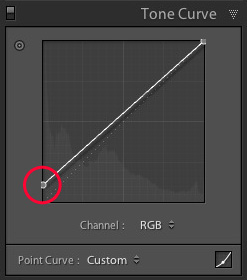
Tone Curve Black Point
This before and after view shows the effect.
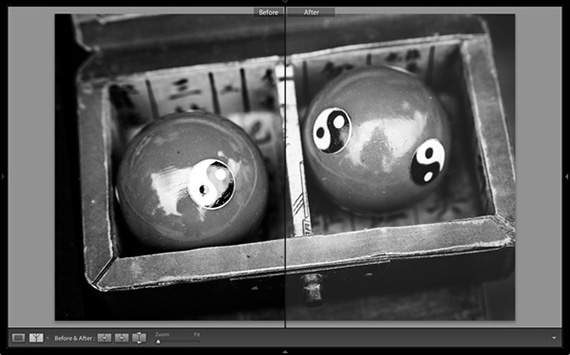
Before / After
Toning Black and White Images
This effect gets really interesting when you apply it to the color channels. The photo below shows what happens when you do it in the Blue channel.
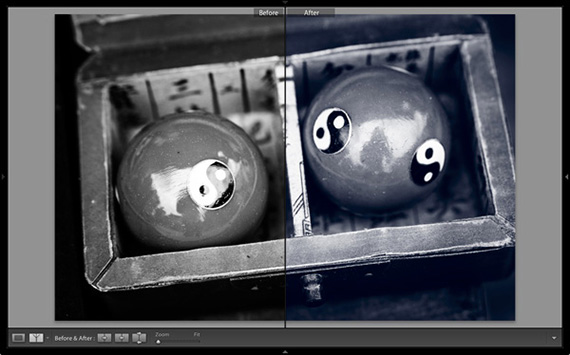
Applying Color Channels
The previous technique tones the image and lifts the shadows so there are no true blacks. You can also tone the photo without affecting the tonal values. Simply grab hold of the color curve in the middle and push it upwards or downwards. Lift the blue curve up and and you get a blue tone. Move it down and you get a sepia tone. You can experiment with the other color curves to see what happens.
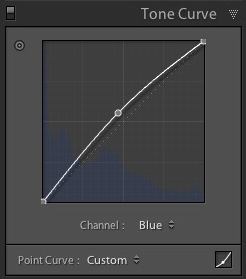
Blue Channel Tone Curve
This is the result of the above tone curve adjustment.
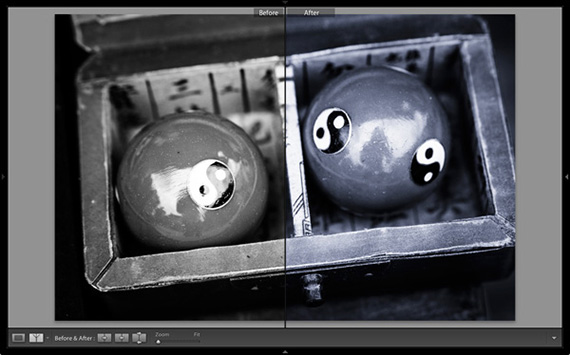
Tone Curve Adjustment Results
I hope these simple techniques help you get more out of your black and white photos in Lightroom. My Mastering Lightroom ebooks will teach you everything you need to know about Lightroom in order to organize your photos and process your images beautifully.
Like This Article?
Don't Miss The Next One!
Join over 100,000 photographers of all experience levels who receive our free photography tips and articles to stay current:






Leave a Reply